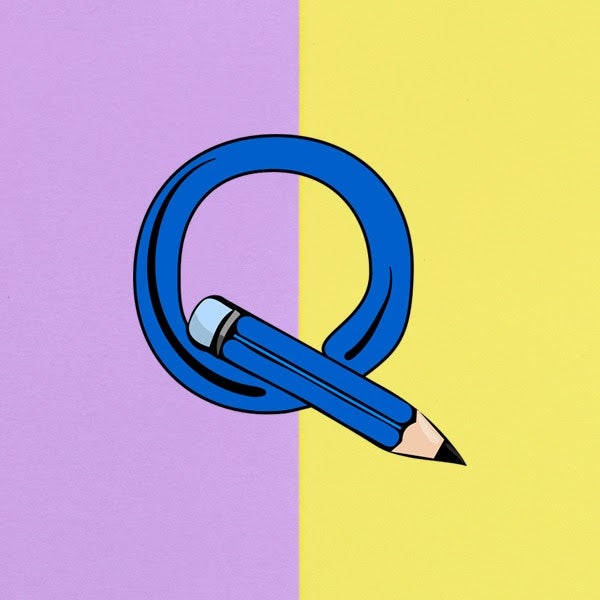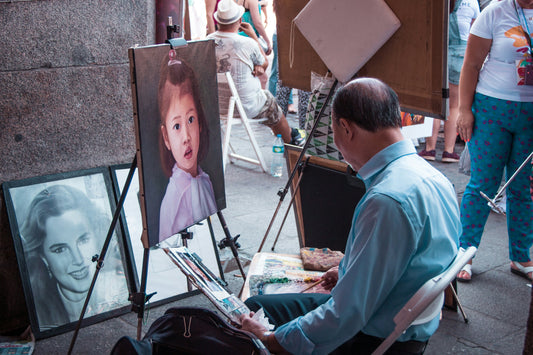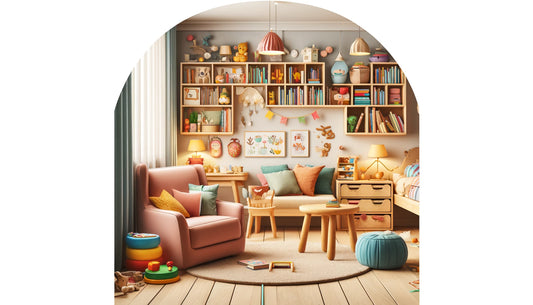With so many choices of art materials for colouring in available to use, how much do you know about chalk pastels? This rough-textured stick is used in drawing, painting and mixed media. If you haven't come across them in school or in your local art shop then you can learn more about them in this short article.
So, what are chalk pastels?
Quite simply, they’re a type of art medium made from pulverized chalk mixed with a binder. The result is a soft, pliable material that can be used to create a variety of effects on surfaces such as paper, canvas, or wood.
Chalk pastels are relatively easy to use and require little cleanup. They can be blended to create a range of colours and shades, and can be used dry or wet. Chalk pastels are an ideal medium for both beginners and experienced artists alike.
If you’re looking for a fun and versatile way to express your creativity, why not give chalk pastels a try? We’re sure you’ll be hooked in no time!
Now that you know a little bit more about chalk pastels, let’s take a look at how to use them.
Using Chalk Pastels
Chalk pastels can be used to create a variety of effects on surfaces such as paper, canvas, or wood. When using chalk pastels, it’s important to keep in mind that they are a dry medium. This means that they will not adhere to wet surfaces. For best results, make sure your surface is dry before beginning your project.
If you’re using chalk pastels on paper, we recommend working with a smooth surfaced paper such as Bristol board or illustration board. These types of papers provide a nice “tooth” for the pastels to grip onto, and will help prevent your pastel pigments from smudging or going fuzzy.
When using chalk pastels on canvas, it’s important to prime the surface first. This will help to create a smooth working surface and will also prevent the pastels from sinking into the fabric of the canvas. We recommend using a white gesso primer for best results.
Once you’ve chosen your surface, it’s time to start creating! To begin, take your chalk pastel and rub it directly onto the surface. You can build up layers of colour by continuing to add more pastel. For a softer effect, try blending two or more colours together with a dry brush.
If you want to add a wet effect to your chalk pastel drawing, you can do so by using a fixative spray. This will help to set the pastels in place and will also give your drawing a shiny, varnished look. Just be sure to use a fixative made specifically for chalk pastels, as other types of fixatives can cause the pastels to become brittle and breakable.
Now that you know how to use chalk pastels, the sky’s the limit! Be sure to experiment with different colours, surfaces, and techniques to find what works best for you. And don’t forget to have fun!
Where to Buy Chalk Pastels
If you’re looking for a great place to buy chalk pastels, we recommend checking out your local craft store. Many stores such as Michaels or Hobby Lobby carry a wide variety of chalk pastels in different colours and brands. You can also find chalk pastels online at sites such as Amazon.com or Dickblick.com.
When choosing chalk pastels, it’s important to select a brand that is high quality and lightfast. Some cheaper brands of chalk pastels are made with inferior pigments that will fade over time. We recommend selecting a brand such as Sennelier, Rembrandt, or General’s Charcoal White Chalk Pastels. These brands offer high quality pastels that are lightfast and will last for years to come.
We hope this guide has helped you to understand more about chalk pastels and how to use them. Be sure to check out our other articles for more information on art supplies and techniques. And as always, happy creating!




